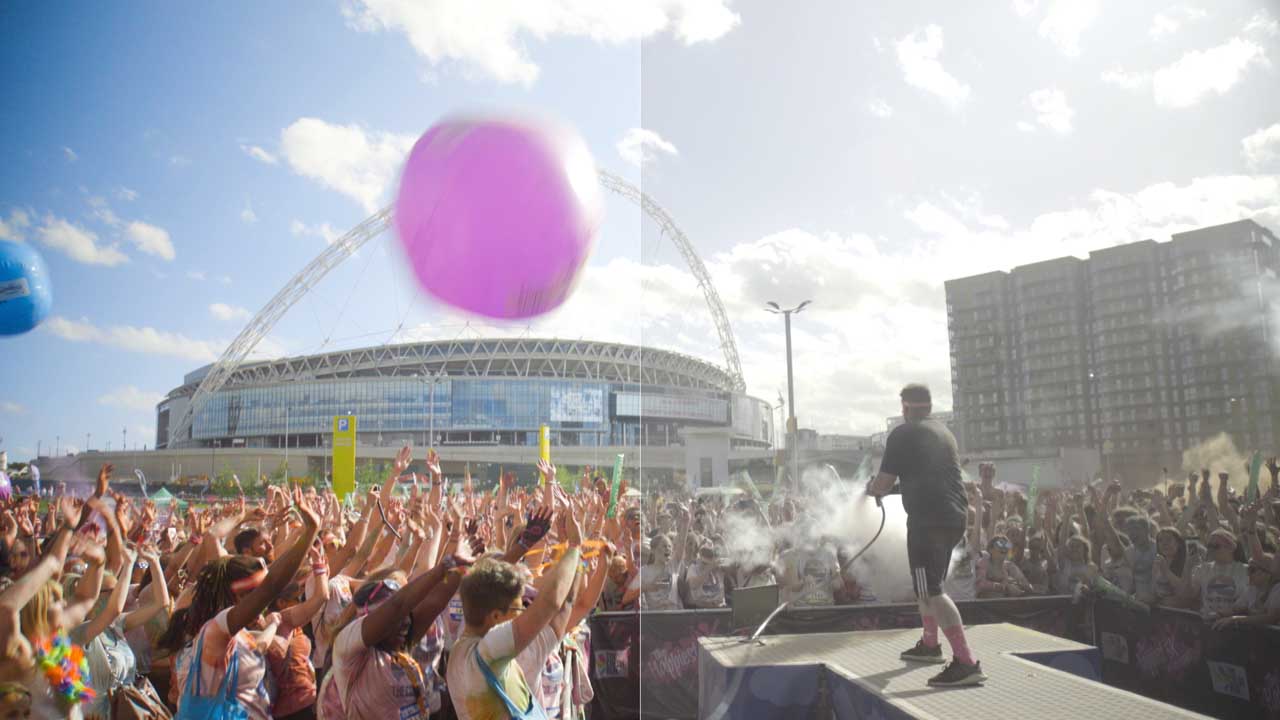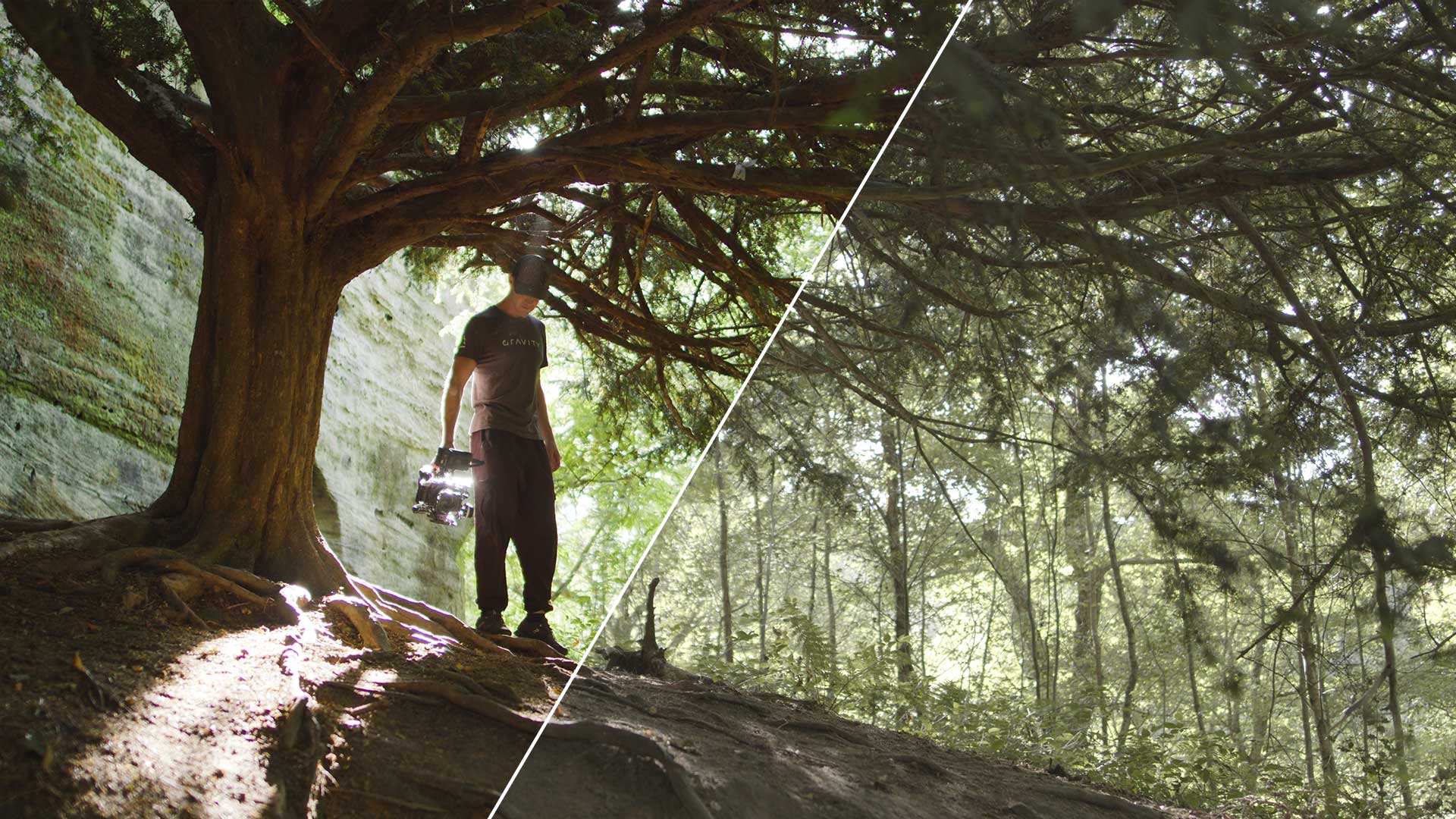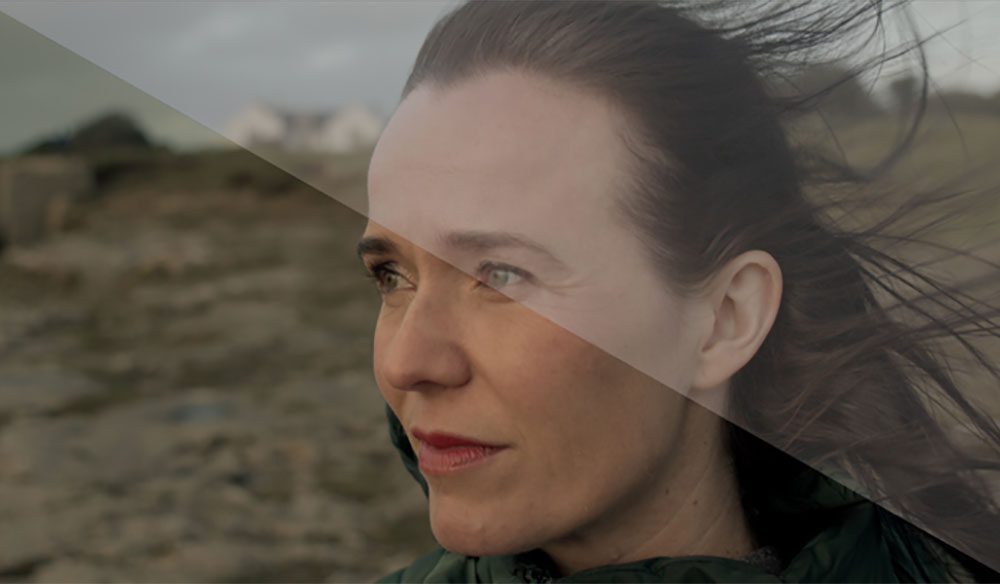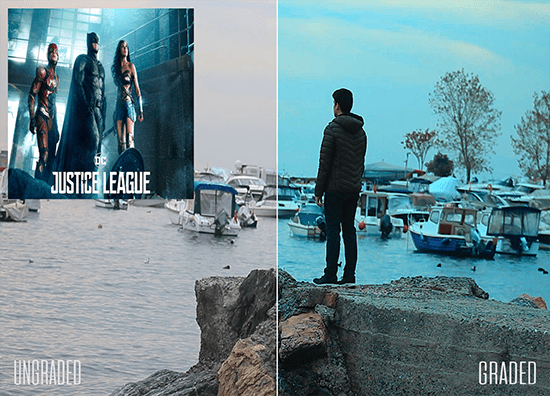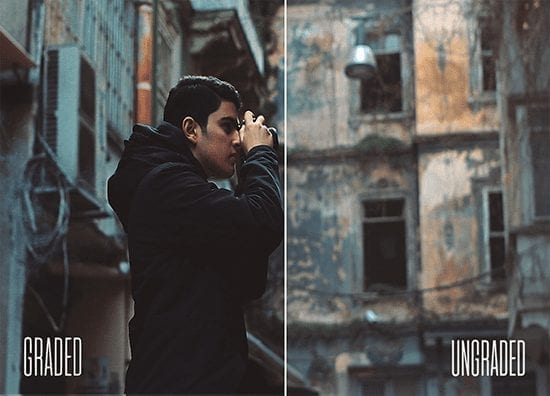What is Lut? LUT stands for Lookup Table, and it’s a term that you’ll often hear in the world of photography. The acronym LUT can refer to either an image file or a
Image files are typically used in video editing software like Adobe Premiere Pro and Davinci Resolve while
Understanding what each one does will help you decide which type is right for your needs.
Lut is a 3 letter word that might be difficult to pronounce for some. It’s not as weird as it sounds though, because the definition of LUT can be found in many dictionaries.
WHAT IS A LUT
What Is a LUT?
A LUT, or Lookup Table, is an image file containing a mapping between colors in one color space to those in another.
These files are used by video editing software to change how the footage appears on-screen.
For example, you can use a LUT to make your footage appear as if it was shot early morning instead of late at night.
LUTs have been around for years but they’re becoming more popular lately because they offer better quality than other available options such as film emulation filters and color grading presets.
It’s also much faster and easier to edit with them since there’s no need to adjust individual settings like contrast or saturation levels before uploading the footage online or exporting.
Ever wondered how filmmakers achieve that stunning visual consistency across their scenes?
That’s where a LUT, or Look-Up Table, comes into play in video editing.
It’s a powerful tool that transforms color input values from your footage to desired output values, creating a specific look or feel.
We’ll jump into the magic of LUTs and how they’re changing the game for video editors and colorists.
Stick with us as we explore the ins and outs of LUTs, ensuring your next video project hits the mark with its visual storytelling.
What Is A Lut?
A Look-Up Table, or LUT, is a key tool in the video editing process.
It allows us to apply color grading effects across our footage efficiently, providing a means to quickly achieve a desired visual style.
A LUT essentially acts like a translator between color values recorded by the camera and the final output that we see on screen.
By mapping out these input and output values, it ensures consistency and accuracy in color rendition.
There’s a myriad of ways we might use LUTs in filmmaking.
From creating day-to-night sequences to simulating different film stocks, LUTs serve as a foundation for color correction and artistic expression.
They work by taking the original image data and altering the RGB values according to the predefined color mappings.
This function is critical during post-production when we strive to match the colors of various scenes or establish a unique look for a project.
LUTs can be divided into two primary categories:
- Technical LUTs – These are used for standard conversions like converting log footage to Rec. 709.
- Creative LUTs – These allow us to impart a certain emotion or atmosphere to our video, similar to what you might find in films like Mad Max: Fury Road or Amélie.
It’s worth noting that while LUTs offer a powerful starting point for color grading, they should be applied mindfully.
We often adjust them further to suit the individual nuances of each scene or shot.
It guarantees that the application of a LUT complements, rather than overrides, the natural elements and lighting present in the footage.
Understanding how to leverage LUTs empowers us to control the narrative and emotional impact of our video projects.
Whether we’re tackling a commercial, short film, or documentary, the use of LUTs remains an integral aspect of post-production that defines the visual fingerprint of our work.
https://youtube.com/watch?v=15xGd-K46FI
How Does A Lut Work?
When we talk about LUTs in video editing, we’re referring to a precise formula that maps one set of colors to another.
Essentially, a LUT transforms the color values of each pixel in the image.
Technical LUTs serve as the foundation for this transformation process.
They correct the colors of the footage to a neutral starting point before creative adjustments are made.
This is crucial for maintaining the integrity of your image’s color profile throughout the editing process.
On the other hand, creative LUTs inject style and emotion into the footage.
Applying these allows us to tell a story visually, influencing viewer perception with carefully chosen color grades that set the mood or tone of the scene like in Mad Max: Fury Road.
Understanding how a LUT modifies image data is key to mastering its use.
During the process –
- The input value, which is the original footage color, is analyzed,
- The LUT applies its predefined color transformation algorithm,
- The output value is the newly transformed color that appears in the final image.
Manipulating these transformations requires skill because each LUT behaves differently depending on the source footage.
Recognizing how they modify aspects such as contrast, saturation, and hue is fundamental to achieving the desired result.
Professional color grading with LUTs often involves a combination of several LUTs.
We usually start with a conversion LUT that standardizes camera footage to a common color space.
Afterward, we can apply creative LUTs to craft the final aesthetic.
When we choose LUTs for our projects, we must consider how they’ll interact with the natural lighting and colors present in the footage to prevent any unintended color shifts or loss of detail.
This makes LUTs an important tool in our post-production arsenal, giving us the power to dictate the visual impact of our films.
The Role Of Luts In Video Editing
LUTs are essential for achieving a consistent look across various scenes and shots within a film.
They function as a standardized color reference, enabling filmmakers to align the visual tone regardless of camera or lighting differences.
By applying a LUT, we can quickly convert on-set log footage – which often looks flat and desaturated – into vibrant and color-rich imagery.
This not only saves time in post-production but also allows for real-time previews on set.
Technical LUTs ensure the accurate reproduction of colors from the camera’s log profile to the intended display standard.
This step is crucial as it lays the groundwork for any additional color grading that occurs downstream.
Creative LUTs are then layered on to imbue the footage with the director’s creative vision.
These can range from subtle adjustments that enhance the natural beauty of the scene to dramatic stylistic choices that set the mood for the narrative.
Some key benefits of using LUTs include:
- Expedited color grading workflow,
- Uniform color across different cameras,
- Real-time previewing of look development on set,
- Close approximation to the final look for dailies review.
A LUT’s role extends beyond just aesthetics – they’re pivotal in managing complex workflows.
With the growing trend of shooting in various digital formats, LUTs serve as a bridge ensuring that the final output adheres to the filmmaker’s intended vision.
We mustn’t forget how LUTs interact with the principles of cinematography.
The way a scene is lit has a direct impact on how a LUT will perform.
So, an understanding of lighting is just as important as the LUT itself.
Incorporating LUTs into the video editing process transforms the raw captured footage into a story with a visually cohesive narrative.
It’s this transformative power that makes LUTs an invaluable asset in a filmmaker’s toolkit.
Benefits Of Using Luts
In the realm of filmmaking, LUTs have grown to be indispensable tools for us.
They streamline the post-production process by offering a range of advantages.
One major benefit is efficient color grading.
LUTs enable us to apply complex color grades with just a few clicks.
This swiftness is invaluable when working under tight deadlines.
also, they offer real-time previews on set.
This immediate feedback allows directors and cinematographers to make informed decisions about the look of the film.
LUTs also contribute to visual consistency across our projects.
Regardless of varying conditions during shooting, LUTs help us maintain the same color palette throughout our film.
The list of benefits includes:
- Quick application of stylistic choices,
- Reduced time in the color correction phase,
- Early detection of potential issues with color and lighting.
By using technical LUTs, we ensure accurate color representation from the camera to the final product.
They serve as a cornerstone for the visual integrity of our work.
In the ever-evolving landscape of digital cinema, LUTs remain a key component.
Their role in enhancing the storytelling aspect of our films is undoubtedly significant.
What Is A Lut In Video Editing – Wrap Up
We’ve seen how LUTs are essential in bringing a director’s vision to life, ensuring that the final footage reflects the intended mood and style.
They’re not just tools for color correction; they’re the bridge between the raw footage and the cinematic look that captivates audiences.
By embracing LUTs in our video editing workflow, we’re able to deliver consistent, high-quality visuals that tell a story as much as the narrative itself.
Whether we’re working on a blockbuster or an indie film, LUTs are the secret ingredient that elevates our video content from good to great.
Let’s continue to harness the power of LUTs and push the boundaries of visual storytelling.
Frequently Asked Questions
What Are Look-up Tables (luts) In Video Editing?
Look-Up Tables (LUTs) are data sets used in video editing that map input colors to desired output values, streamlining color grading and ensuring visual consistency.
How Do Luts Benefit The Post-production Process?
LUTs provide efficient color grading, real-time previews, and help maintain a consistent color palette, which significantly reduces time spent in the color correction phase.
Can Luts Contribute To A Film’s Visual Consistency?
Yes, LUTs ensure visual consistency across different shots and scenes in a film, helping to maintain the same color palette throughout the project.
What’s The Difference Between Technical And Creative Luts?
Technical LUTs are used for accurate color representation, matching footage from different cameras, while creative LUTs are applied to achieve a specific look or enhance the director’s creative vision.
Do Luts Affect The Storytelling Aspect Of Films?
Yes, LUTs play a significant role in storytelling by allowing directors to quickly apply stylistic choices that can evoke certain emotions or highlight specific themes in the film.
How Do Luts Detect Issues With Color And Lighting?
LUTs provide real-time previews of how the final footage will look, helping to spot and address potential color and lighting issues during the filming process rather than in post-production.
